Flowers have long been symbols of beauty, grace, and elegance, each possessing unique characteristics that make them special. Among the vast array of blooms, many names begin with the letter “A.” Below, we present an extensive of some flowers that start with the letter A, each accompanied by a brief description highlighting their distinctive features.
Acacia
The Acacia is known for its feathery leaves and clusters of yellow or white blossoms. These flowers are often used in perfumes and essential oils due to their sweet fragrance.

Acanthus
Acanthus, commonly known as Bear’s Breeches, features tall spikes of white or purplish flowers surrounded by spiny, lobed leaves.

Achillea
Achillea, or Yarrow, displays clusters of small, flat-topped flowers in colors ranging from white to pink and yellow. It’s valued for its medicinal properties.

Aconitum
Also known as Monkshood or Wolfsbane, Aconitum has hood-shaped blue, purple, or white flowers. It is toxic if ingested, adding a touch of intrigue to its beauty.

Agapanthus
Agapanthus, or Lily of the Nile, produces stunning clusters of blue, white, or purple funnel-shaped flowers on tall stalks, often seen in garden borders.

Agastache
Agastache, commonly called Hyssop, showcases spikes of tubular flowers in shades of blue, pink, or purple, attracting bees and butterflies.

Alchemilla
Known as Lady’s Mantle, Alchemilla is admired for its soft, scalloped leaves and clusters of tiny, chartreuse flowers.

Allium
Allium, or Ornamental Onion, features globe-shaped clusters of star-like flowers in purple, pink, or white, making a striking addition to any garden.

Alstroemeria
Alstroemeria, or Peruvian Lily, displays vibrant, lily-like flowers in a variety of colors, including pink, orange, yellow, and red, often used in bouquets.

Alyssum
Alyssum is a low-growing plant with masses of tiny, fragrant flowers in white, pink, or purple, ideal for borders and rock gardens.

Amaryllis
Amaryllis is known for its large, trumpet-shaped flowers in bold hues of red, pink, and white, commonly grown indoors for winter blooms.

Anemone
The Anemone, or Windflower, features delicate, poppy-like flowers in colors such as white, pink, purple, and blue, blooming in early spring.

Angelica
Angelica produces large, umbrella-like clusters of small greenish-white flowers, often grown for its aromatic seeds and roots.

Antirrhinum
Commonly known as Snapdragons, Antirrhinum offers tall spikes of tubular flowers in a wide range of colors, known for their unique “snapping” mouths.

Aquilegia
Aquilegia, or Columbine, has distinctive, spurred flowers in various colors including blue, purple, red, and yellow, often blooming in late spring.

Arabis
Arabis, also known as Rock Cress, features clusters of small, four-petaled flowers in white, pink, or purple, ideal for ground cover.

Arctotis
Arctotis, or African Daisy, displays daisy-like flowers in vibrant shades of orange, yellow, and red, often grown as annuals.

Arenaria
Arenaria, or Sandwort, produces small, star-shaped white flowers, perfect for rock gardens and edging.

Argyranthemum
Also known as Marguerite Daisy, Argyranthemum offers an abundance of daisy-like flowers in white, pink, or yellow.

Armeria
Armeria, or Sea Thrift, has tufted, grass-like foliage and globe-shaped clusters of pink, white, or red flowers.

Artemisia
Artemisia is valued for its aromatic, silvery-gray foliage and small, inconspicuous flowers, often used in herbal medicine.

Asclepias
Asclepias, or Milkweed, is known for its clusters of small, star-shaped flowers in orange, pink, or white, essential for attracting monarch butterflies.
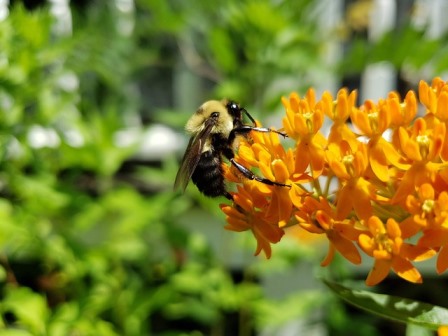
Aster
Aster produces daisy-like flowers in shades of purple, blue, pink, and white, blooming in late summer and fall.

Astilbe
Astilbe features feathery plumes of pink, white, red, or purple flowers, thriving in shady garden spots.
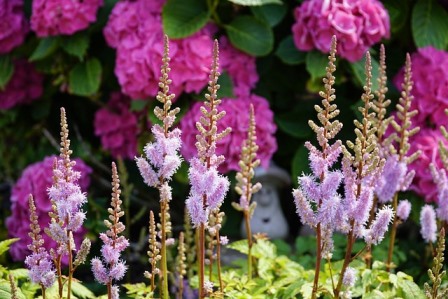
Astrantia
Astrantia, or Masterwort, has intricate, star-like flowers surrounded by papery bracts in colors ranging from white to deep red.
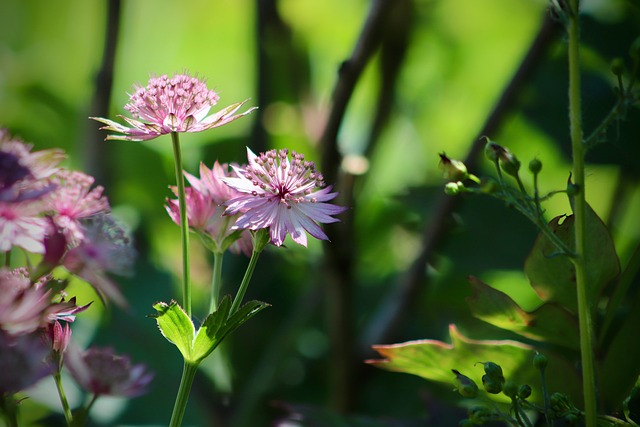
Aubrieta
Aubrieta is a low-growing perennial with masses of small, purple or pink flowers, ideal for rock gardens and borders.

Azalea
Azalea shrubs produce a profusion of funnel-shaped flowers in a wide range of colors, including pink, red, white, and purple, often blooming in spring.
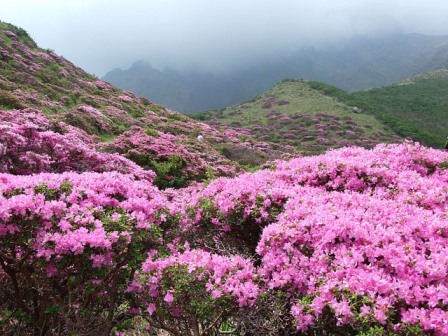
Azolla
Azolla, or Water Fern, is an aquatic plant with tiny, overlapping leaves that create a floating mat of green or reddish foliage.
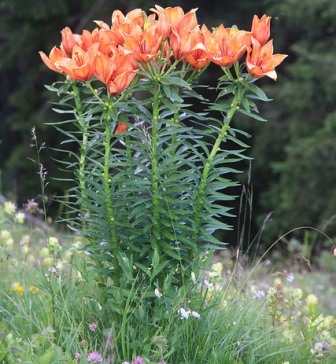
Aeschynanthus
Commonly known as Lipstick Plant, Aeschynanthus has tubular red flowers that emerge from dark calyces, resembling a tube of lipstick.
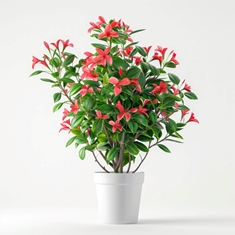
Alcea
Alcea, or Hollyhock, features tall spikes of large, saucer-shaped flowers in various colors, often seen in cottage gardens.
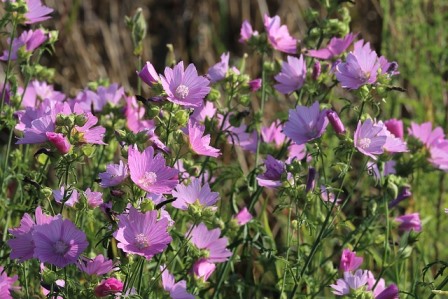
Aglaonema
Aglaonema, or Chinese Evergreen, is grown primarily for its attractive, variegated foliage, but also produces small, white spathe flowers.

Anigozanthos
Known as Kangaroo Paw, Anigozanthos has tubular flowers covered in velvety hairs, available in colors like red, yellow, and green.

Aphelandra
Aphelandra, or Zebra Plant, is known for its striking, dark green leaves with white veins and bright yellow flower spikes.

Arisaema
Arisaema, or Jack-in-the-Pulpit, features unique, hooded flowers with a central spadix, often striped with green, purple, or brown.
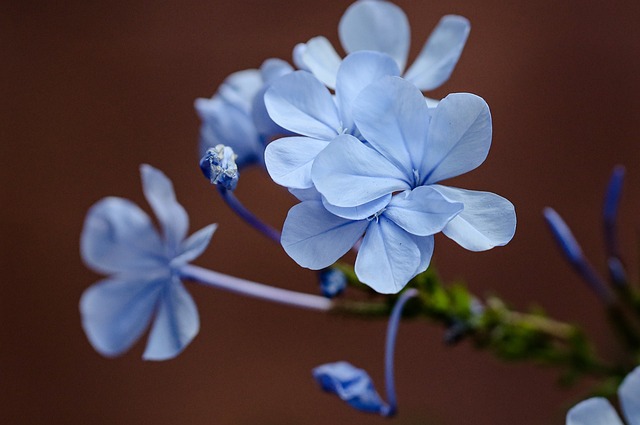
Asarum
Asarum, or Wild Ginger, has heart-shaped leaves and small, cup-shaped flowers, often hidden beneath the foliage.
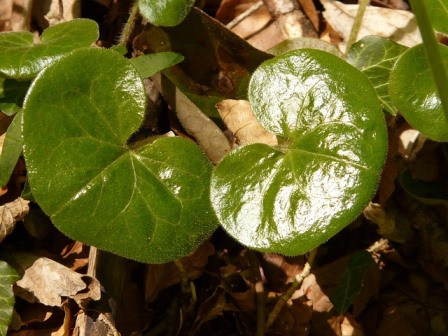
Asclepiodora
Asclepiodora is a lesser-known member of the Milkweed family, featuring clusters of small, star-shaped flowers.
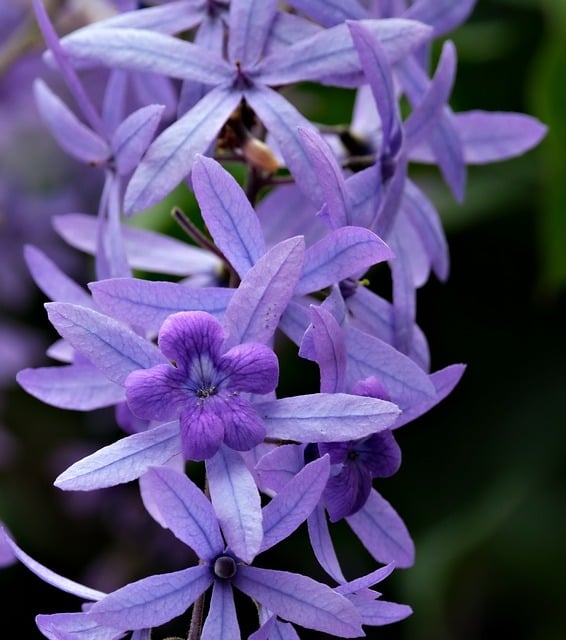
Aspidistra
Aspidistra, or Cast Iron Plant, is a hardy plant with broad, dark green leaves and inconspicuous, bell-shaped flowers.
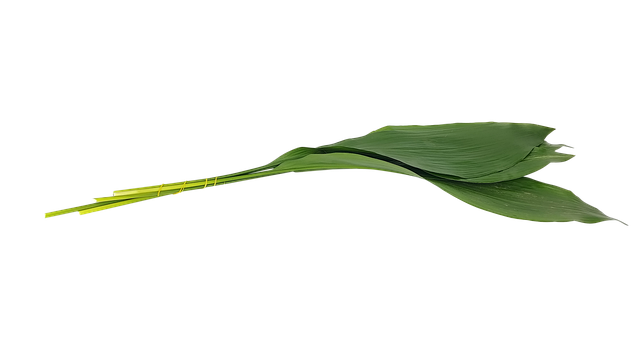
Astrophytum
Astrophytum, or Star Cactus, produces large, showy flowers in yellow or white atop its ribbed, star-shaped body.
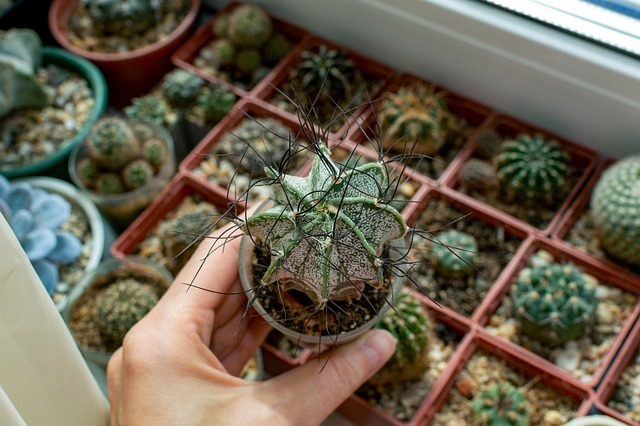
Atriplex
Atriplex, or Saltbush, is valued for its silvery-gray foliage and small, inconspicuous flowers, often used in xeriscaping.
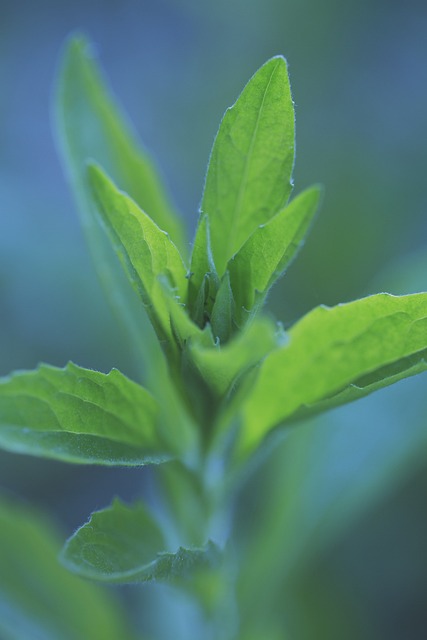
Acanthocalycium
Acanthocalycium is a type of cactus that produces large, funnel-shaped flowers in a range of colors, including pink, yellow, and white.

Adenium
Adenium, or Desert Rose, features swollen stems and vibrant, trumpet-shaped flowers in shades of pink, red, and white.
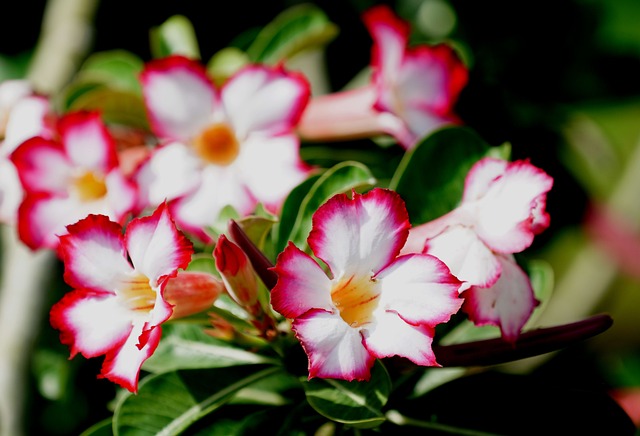
Aeonium
Aeonium is a succulent with rosettes of fleshy leaves and clusters of small, star-shaped flowers in yellow or white.
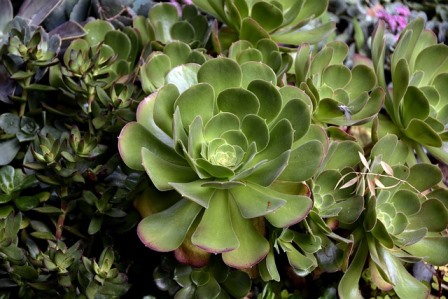
Ageratum
Ageratum, or Floss Flower, produces fluffy clusters of blue, pink, or white flowers, often used in borders and containers.
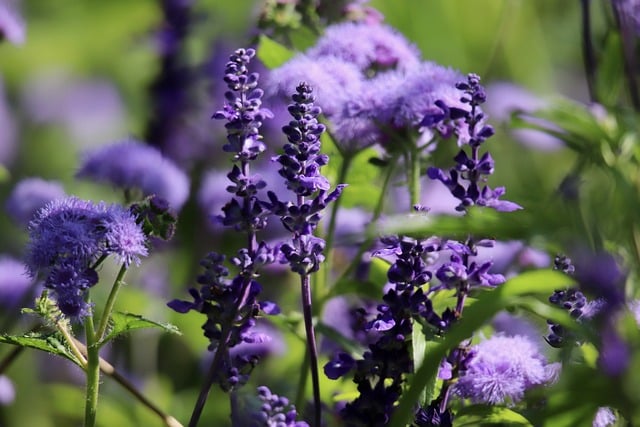
Ajuga
Ajuga, or Bugleweed, is a ground-cover plant with spikes of blue, purple, or white flowers and glossy, dark green leaves.
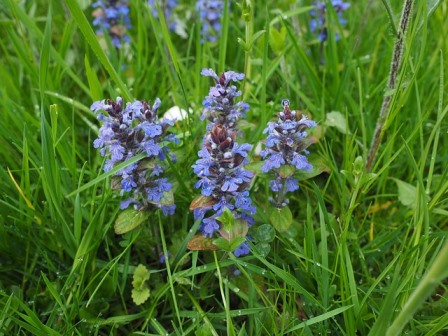
Albizia
Albizia, or Silk Tree, features feathery, pink, or white flowers and fern-like foliage, often grown for its ornamental value.
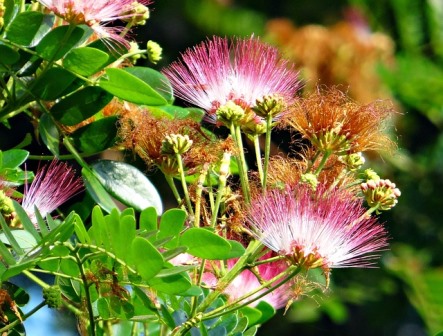
Ammi
Ammi, or Bishop’s Weed, has delicate, umbrella-shaped clusters of tiny white flowers, resembling Queen Anne’s Lace.
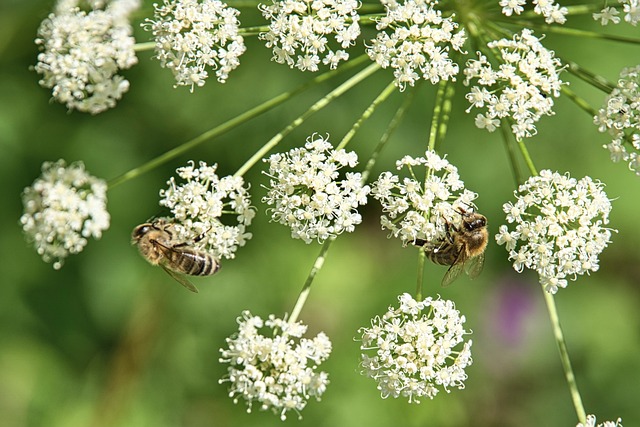
Anethum
Anethum, or Dill, produces small, yellow flowers in umbrella-shaped clusters, commonly used as an herb.
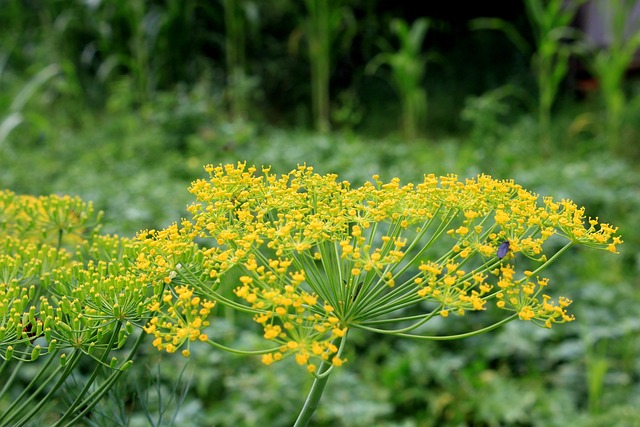
Anthericum
Anthericum, or St. Bernard’s Lily, has grass-like leaves and spikes of small, star-shaped white flowers.

Anthurium
Anthurium, or Flamingo Flower, is known for its shiny, heart-shaped leaves and vibrant, spathe flowers in red, pink, or white.
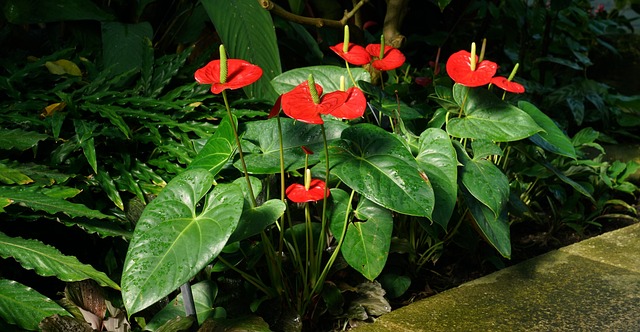
Aralia
Aralia is a genus of plants with large, compound leaves and small, greenish-white flowers, often grown for their decorative foliage.

Arbutus
Arbutus, or Strawberry Tree, has small, urn-shaped white or pink flowers and produces edible, strawberry-like fruit.

Arctium
Arctium, or Burdock, is known for its large, thistle-like flowers and burrs that stick to clothing and animal fur.
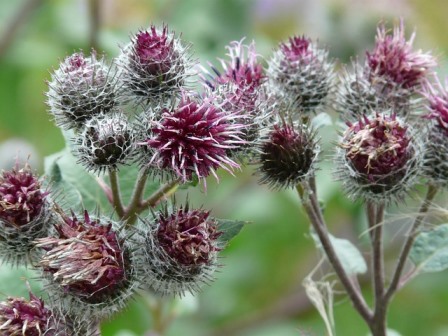
Argemone
Argemone, or Prickly Poppy, has large, showy white or yellow flowers and spiny leaves, often found in dry, open areas.
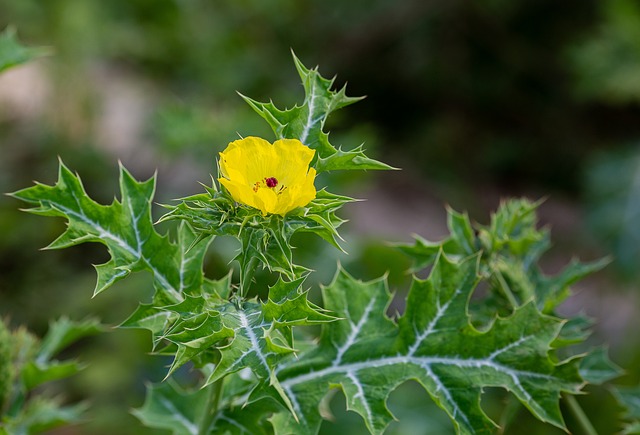
Argyrocytisus
Argyrocytisus, or Tree Lucerne, produces fragrant, pea-like white or yellow flowers and is often used as a fodder plant.
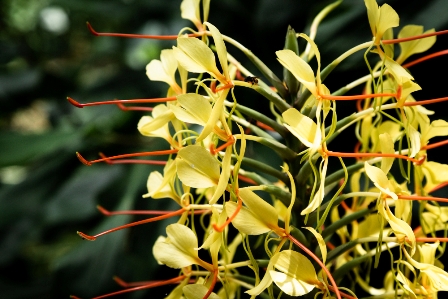
Aristolochia
Aristolochia, or Dutchman’s Pipe, has unique, pipe-shaped flowers in shades of green, brown, and purple, often used as ornamental climbers.
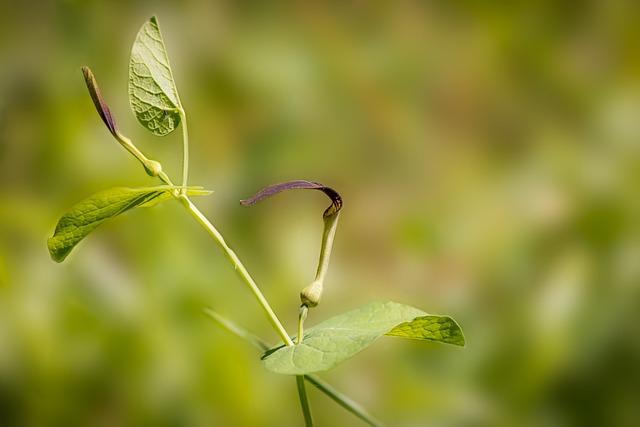
Arnica
Arnica is known for its bright yellow, daisy-like flowers and is often used in herbal remedies for its anti-inflammatory properties.

Arthropodium
Arthropodium, or Renga Lily, produces clusters of star-shaped white or pale pink flowers and is native to New Zealand.
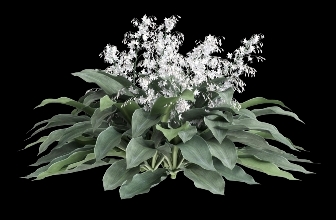
Arum
Arum features hooded flowers with a central spadix, often in shades of white, green, or purple, and is known for its striking appearance.
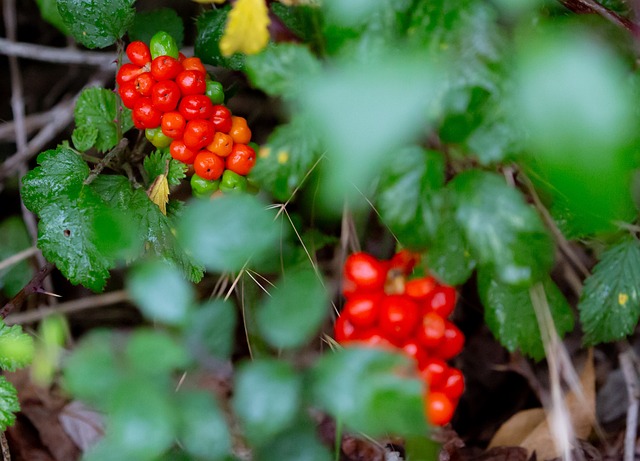
Asimina
Asimina, or Pawpaw, has large, bell-shaped flowers in dark purple or maroon, and produces edible, tropical-like fruit.
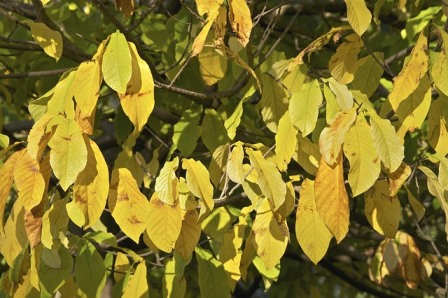
Aspalathus
Aspalathus is a genus of plants with small, pea-like flowers, often found in South African fynbos vegetation.
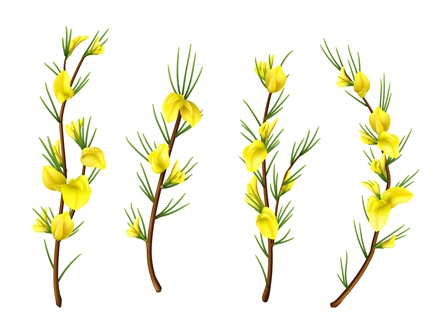
Asphodelus
Asphodelus, or Asphodel, produces tall spikes of white or pink, star-shaped flowers, often found in meadows and grasslands.
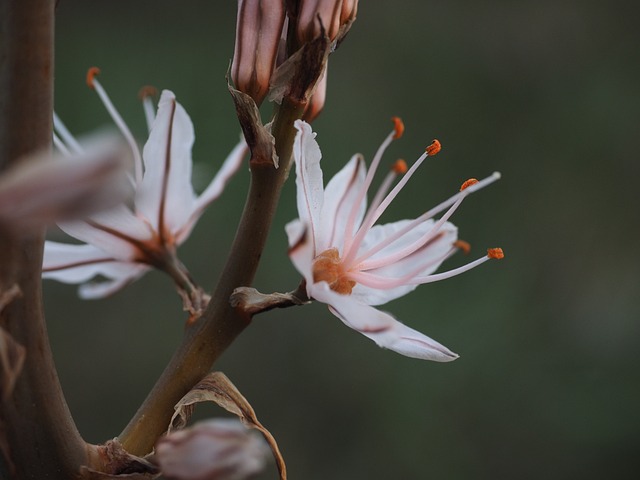
Asperula
Asperula, or Woodruff, features clusters of tiny, white or pink, star-shaped flowers and is often used as ground cover.
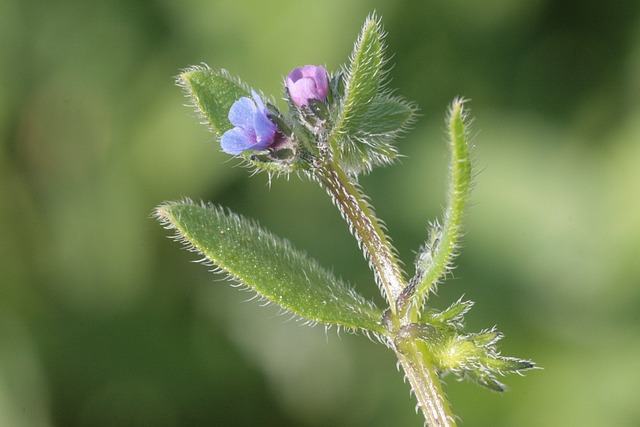
Astelia
Astelia is known for its silvery, sword-shaped leaves and small, inconspicuous flowers, often used in landscaping for its foliage.
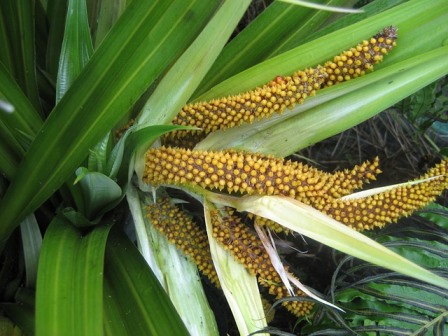
Astragalus
Astragalus is a large genus with pea-like flowers in colors ranging from white to purple, often used in traditional medicine.

Atamasco
Atamasco, or Rain Lily, produces crocus-like flowers in white or pink, often blooming after rain.
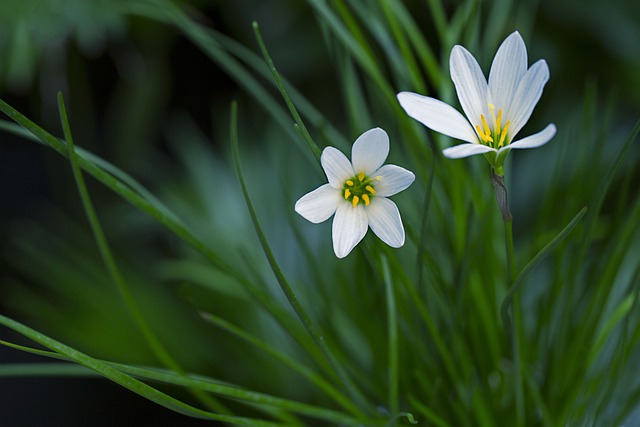
Aubretia
Aubretia is a low-growing perennial with masses of small, purple or pink flowers, ideal for rock gardens and borders.
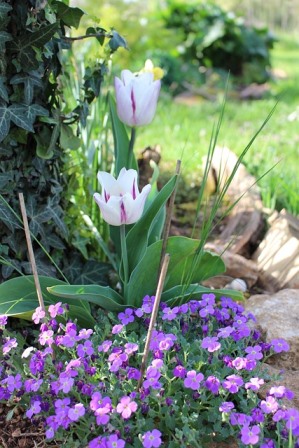
Aucuba
Aucuba, or Japanese Laurel, has glossy, green leaves often spotted with yellow, and produces small purple flowers followed by red berries.
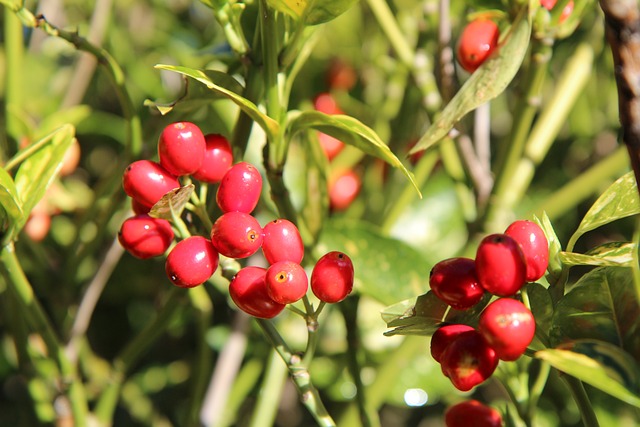
Aurinia
Aurinia, or Basket-of-Gold, produces masses of small, bright yellow flowers in spring, often used in rock gardens and borders.
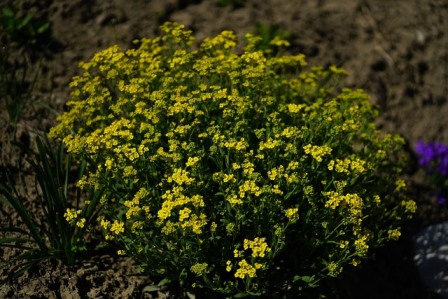
Austrocylindropuntia
Austrocylindropuntia is a genus of cacti with cylindrical stems and small, yellow or red flowers, native to South America.
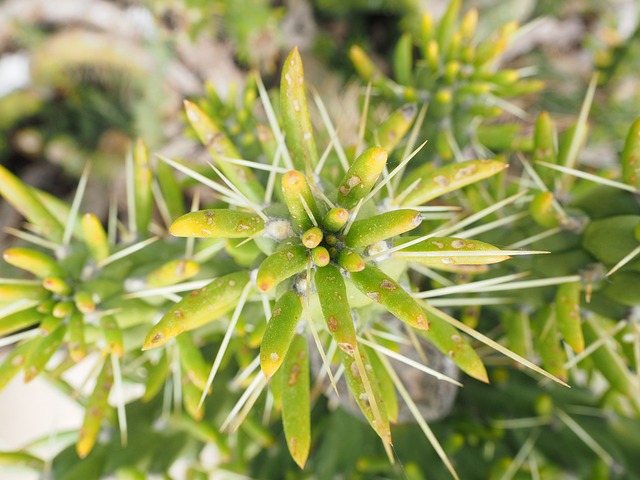
Averrhoa
Averrhoa, or Starfruit, has small, purple or pink flowers and produces star-shaped, edible fruit.
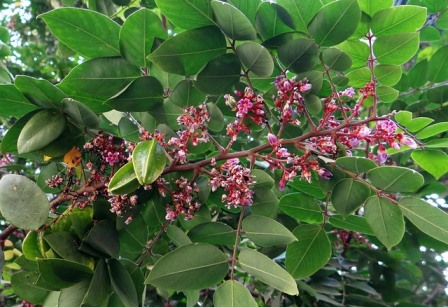
Avicennia
Avicennia, or Black Mangrove, produces small, white flowers and is often found in coastal, saline environments.
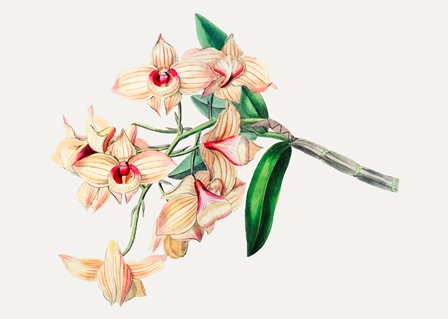
Azorina
Azorina, or Bellflower, has bell-shaped flowers in pink or white, native to the Azores.

Aztekium
Aztekium is a slow-growing cactus with small, pink or white flowers, known for its ribbed, button-like appearance.
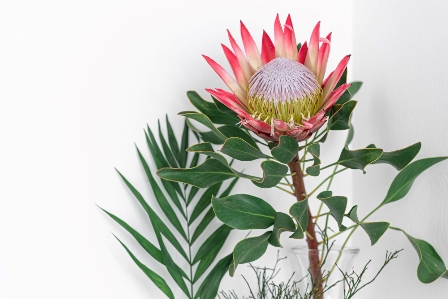
Aglaia
Aglaia produces small, fragrant yellow flowers and is often grown for its aromatic wood and essential oils.
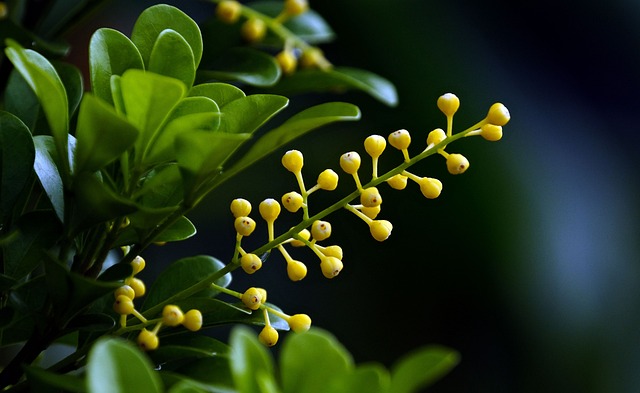
Apios
Apios, or Groundnut, features clusters of fragrant, pea-like flowers in shades of purple or brown, and produces edible tubers.
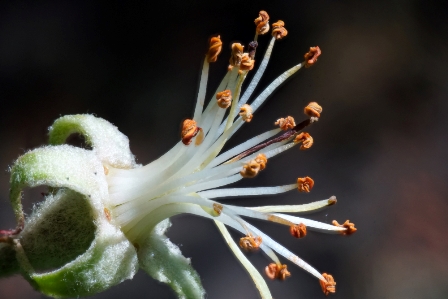
Acis
Acis, or Snowflake, has delicate, bell-shaped white flowers that bloom in early spring, often found in meadows and woodlands.
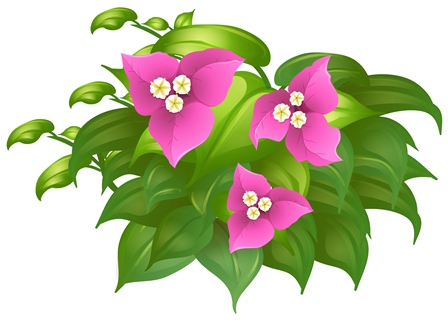
Anthemis
Anthemis, or Chamomile, produces daisy-like flowers in white or yellow, often used for its calming, medicinal properties.
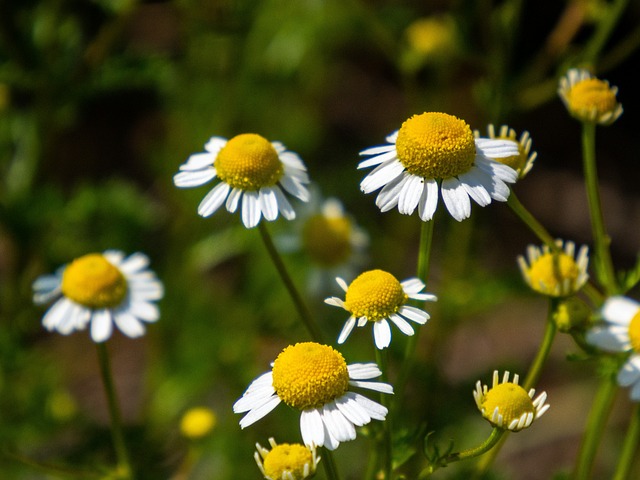
Alpinia
Alpinia, or Ginger Lily, features large, showy flowers in shades of red, pink, or white, often used in tropical landscaping.
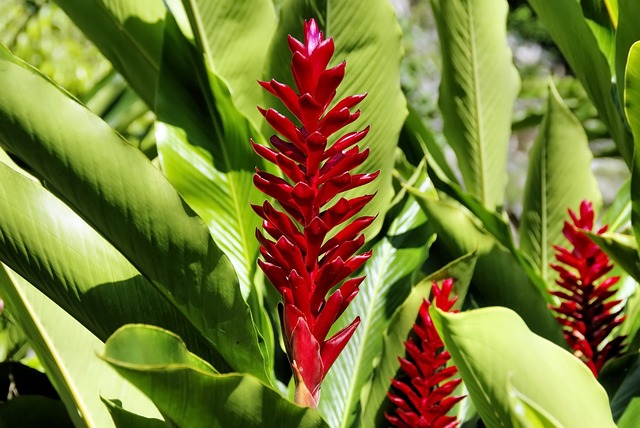
Abutilon
Abutilon, or Flowering Maple, has bell-shaped flowers in colors ranging from white to red, and is often grown as a houseplant.
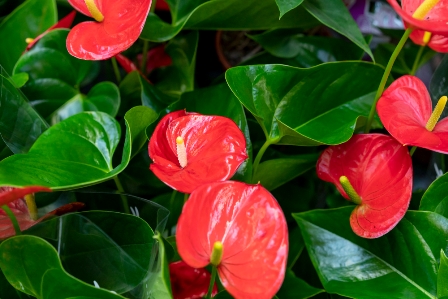
Amelanchier
Amelanchier, or Serviceberry, produces small, white flowers in early spring, followed by edible, berry-like fruit.
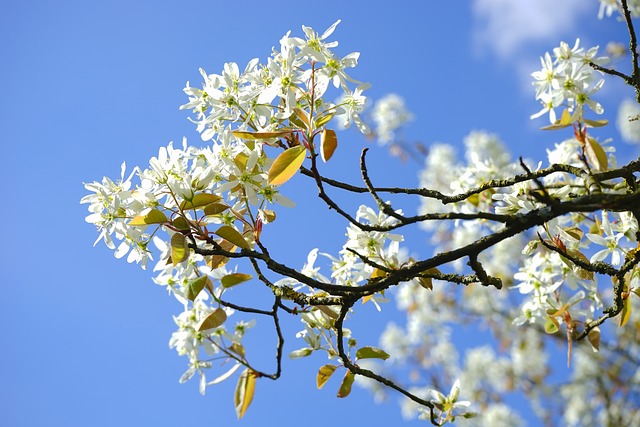
Anchusa
Anchusa, or Bugloss, has clusters of blue or purple flowers and rough, hairy leaves.

Anisodontea
Anisodontea, or Cape Mallow, produces hibiscus-like flowers in shades of pink and purple, often blooming profusely.

Anoda
Anoda is a genus of plants with funnel-shaped flowers in various colors, often found in tropical and subtropical regions.
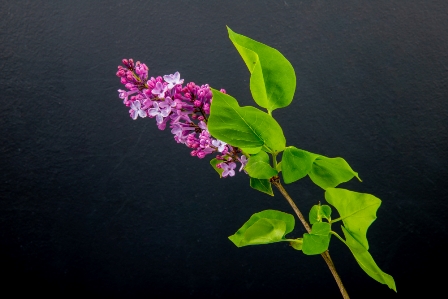
Anthyllis
Anthyllis, or Kidney Vetch, features clusters of small, pea-like flowers in yellow, pink, or white, often used in wildflower gardens.

Aponogeton
Aponogeton is an aquatic plant with elongated leaves and spikes of small, fragrant white flowers, often used in aquariums.


